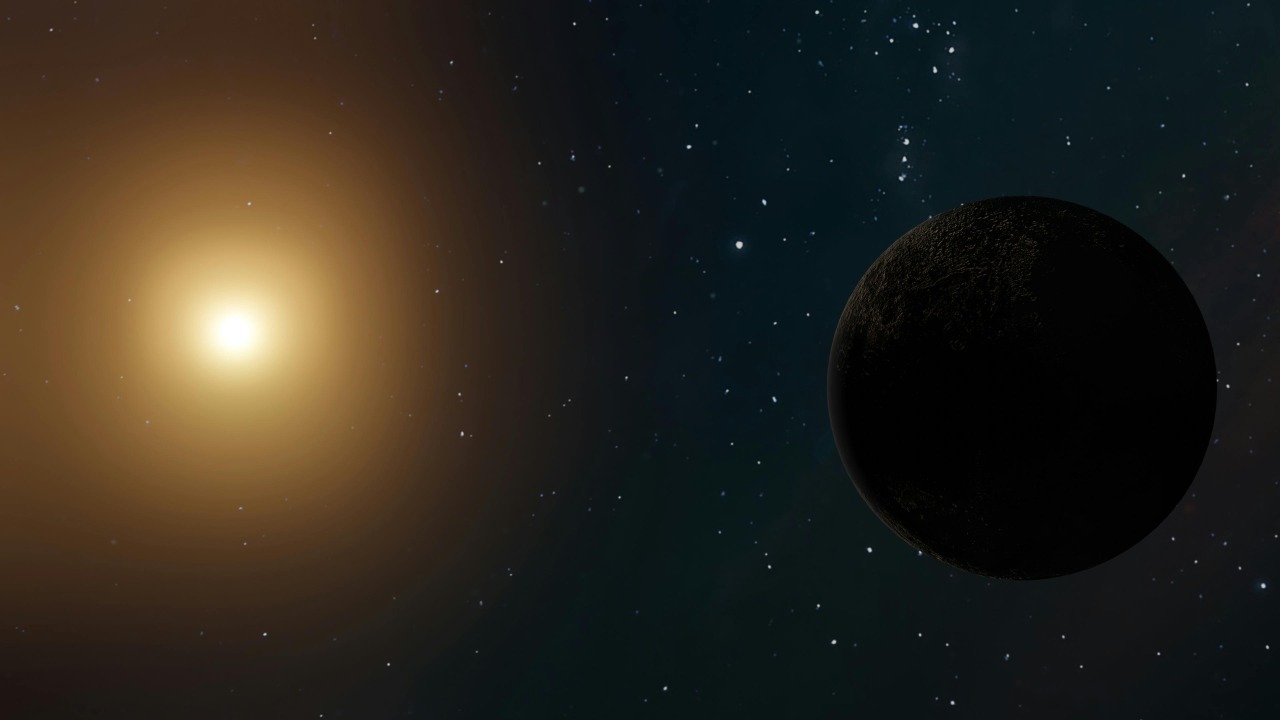
Scientists have revised the timeline for the approach of the rogue star Gliese 710, which is now expected to enter the solar system sooner than previously thought. This accelerated timeline has raised concerns about potential impacts on Earth and the solar system as a whole. The possibility of catastrophic consequences, such as Earth being cast into darkness or even ejected from the solar system, has reignited fears among experts and the public alike.
The Approach of Gliese 710
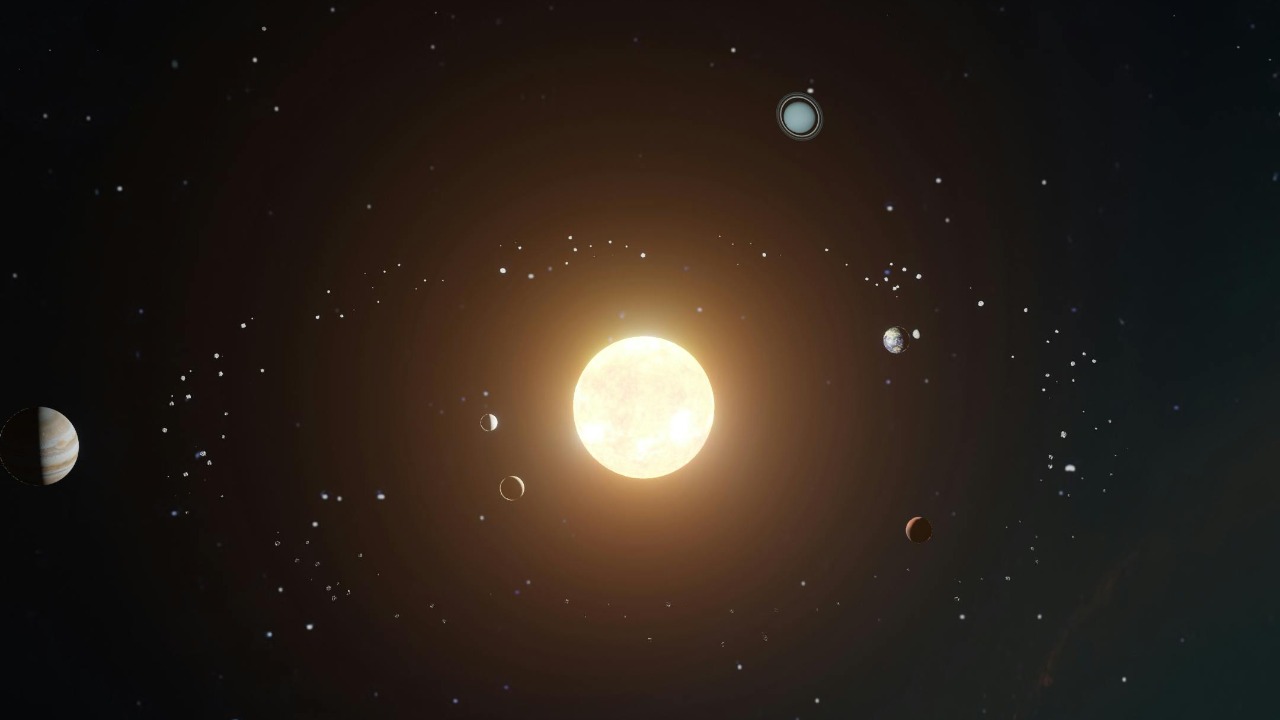
The rogue star Gliese 710 is anticipated to pass through the solar system sooner than initial estimates suggested. This revelation has prompted scientists to update the date of its arrival, emphasizing the need for preparation and further study. The star’s trajectory has been closely monitored, and its accelerated approach has sparked a renewed sense of urgency within the scientific community.
As Gliese 710 draws nearer, researchers are focusing on understanding the potential gravitational effects it could have on our solar system. The star’s mass and velocity are critical factors in determining the extent of its influence. Scientists are using advanced simulations to predict possible scenarios, ranging from minor disturbances to significant disruptions in the orbits of planets and other celestial bodies.
Gliese 710, a K-type main-sequence star, is approximately 60% the mass of our Sun and is currently located about 64 light-years away. Its approach trajectory suggests it will pass through the Oort Cloud, a region filled with icy bodies at the edge of our solar system. This passage is expected to occur within the next 1.3 million years, but the revised timeline indicates that its closest approach could happen sooner than previously anticipated. The star’s proximity could perturb the orbits of these distant objects, potentially sending a cascade of comets into the inner solar system. This scenario underscores the importance of continued monitoring and simulation efforts to anticipate and mitigate any adverse effects.
Potential Impacts on the Solar System
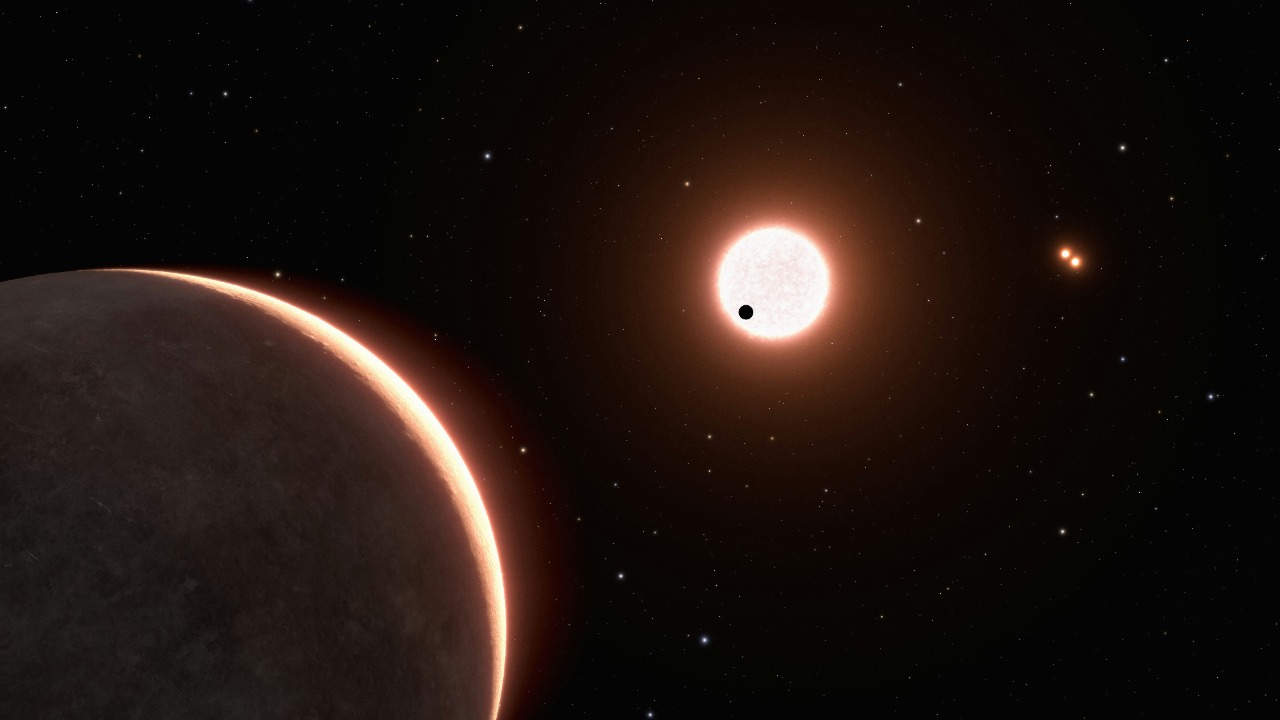
Experts warn that Gliese 710’s approach could have severe consequences, including the possibility of Earth being cast into darkness. According to a report from The Jerusalem Post, the gravitational disturbances caused by the rogue star could potentially disrupt the orbits of planets, leading to catastrophic outcomes. The notion of Earth being ejected from its orbit is a particularly alarming scenario that scientists are taking seriously.
There is a growing concern among scientists that the gravitational pull of Gliese 710 might be strong enough to alter the trajectories of comets and asteroids in the Oort Cloud, sending them hurtling towards the inner solar system. This could increase the likelihood of impacts on Earth, posing a significant threat to life as we know it. The Times of India highlights the potential for Earth to be “kicked out” of the solar system, a scenario that underscores the need for vigilance and preparedness.
In addition to the potential for orbital disruptions, Gliese 710’s approach could lead to increased cometary activity, which might result in a higher frequency of comet impacts on Earth and other planets. Such impacts could have significant implications for planetary climates and ecosystems. The gravitational interactions could also affect the stability of the asteroid belt, possibly dislodging asteroids and increasing the risk of collisions with Earth. These potential impacts highlight the need for robust planetary defense strategies and international cooperation to develop technologies capable of deflecting or mitigating the effects of such celestial threats.
The Discovery of a New Planet
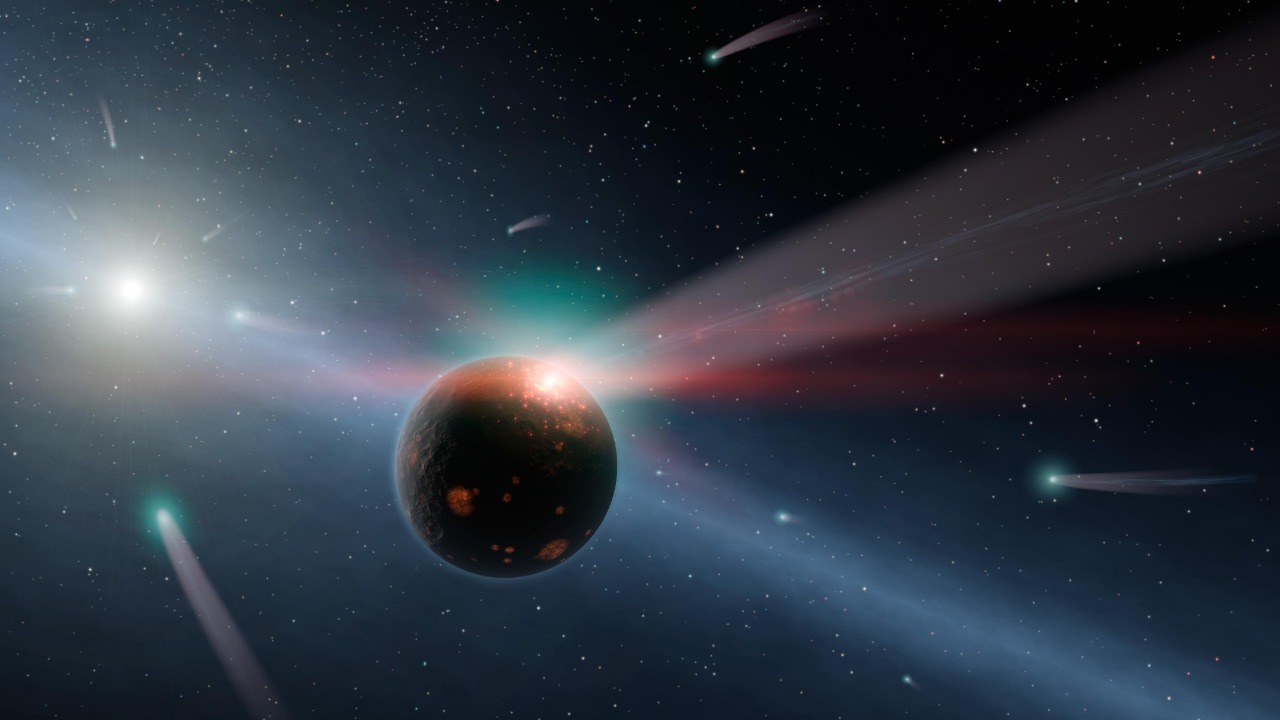
Amidst the concerns about Gliese 710, scientists have discovered a new planet within our solar system that could potentially harbor life. This exciting discovery, reported by MSN, has prompted further investigation into the solar system’s resilience against external disturbances from rogue celestial bodies. The new planet’s characteristics and potential for supporting life are subjects of intense study, offering a glimmer of hope amid the looming threat posed by Gliese 710.
The discovery of this planet has also sparked discussions about the broader implications for our understanding of the solar system’s dynamics. Scientists are exploring how the presence of this new planet might influence the gravitational balance within the solar system, particularly in the context of Gliese 710’s approach. This research could provide valuable insights into the mechanisms that govern planetary systems and their ability to withstand external perturbations.
The newly discovered planet, tentatively named Planet X, is believed to be a gas giant located beyond the orbit of Neptune. Its discovery was made possible through advanced telescopic surveys and data analysis techniques. The planet’s potential to harbor life is primarily due to its location within a region that might allow for the presence of liquid water, a crucial ingredient for life as we know it. Scientists are particularly interested in studying its atmosphere and any potential moons that could offer more clues about its habitability. This discovery not only expands our understanding of the solar system’s architecture but also provides a unique opportunity to study planetary formation and evolution in the context of external stellar influences.
Scientific Response and Preparedness
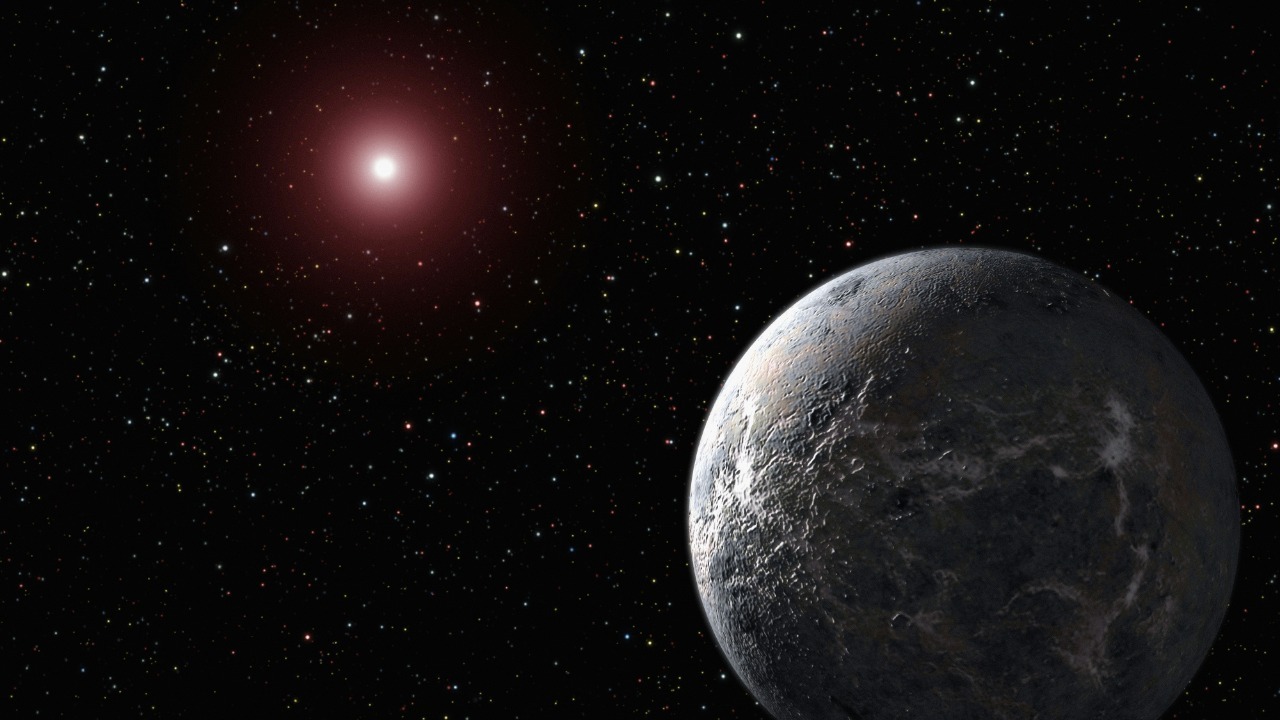
The scientific community is actively monitoring Gliese 710’s trajectory to better predict its impact and develop potential mitigation strategies. According to The Daily Galaxy, researchers are employing a range of observational and computational techniques to refine their models and improve the accuracy of their predictions. This ongoing effort is crucial for assessing the risks associated with the rogue star’s approach and devising appropriate responses.
Collaboration among international space agencies is essential to address the potential threats posed by rogue stars like Gliese 710. As highlighted by SSB Crack, coordinated efforts are underway to share data and resources, ensuring that the global scientific community is well-equipped to tackle the challenges ahead. These collaborative initiatives are vital for enhancing our understanding of rogue stars and developing strategies to safeguard our planet and the solar system from their potentially devastating effects.